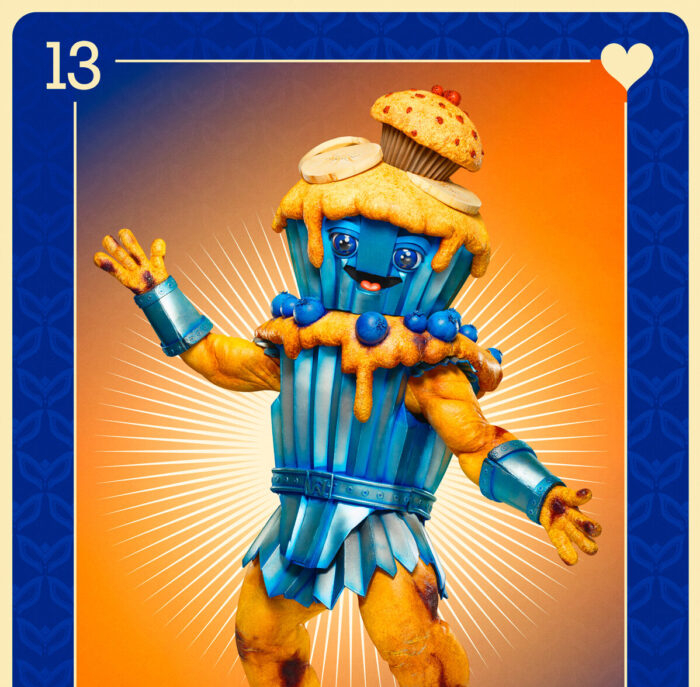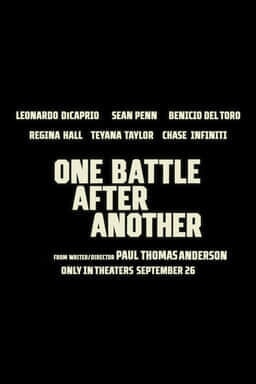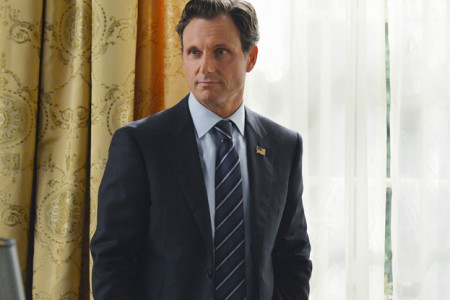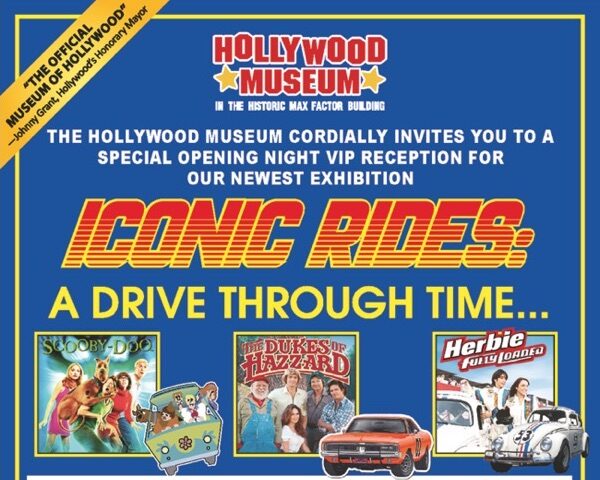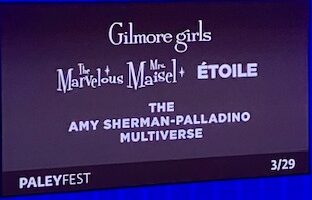'So Dark the Night', 'Walk a Crooked Mile', Johnny O'Clock', other classics coming to DVD
 Five film noir classics from Columbia Pictures are coming to DVD for the first time ever in the latest home video collection from Turner Classic Movies (TCM), The Film Foundation and Sony Pictures Home Entertainment. The fourth in an ongoing series of film noir collections, Film Noir Classics IV includes five feature films – So Dark the Night (1946), Johnny O’Clock (1947), Walk a Crooked Mile (1948), Between Midnight and Dawn (1950) and Walk East on Beacon (1952) – each of which has been fully restored and remastered. The collection features a special video introduction by Academy Award®-winning director and Film Foundation founder Martin Scorsese.
Five film noir classics from Columbia Pictures are coming to DVD for the first time ever in the latest home video collection from Turner Classic Movies (TCM), The Film Foundation and Sony Pictures Home Entertainment. The fourth in an ongoing series of film noir collections, Film Noir Classics IV includes five feature films – So Dark the Night (1946), Johnny O’Clock (1947), Walk a Crooked Mile (1948), Between Midnight and Dawn (1950) and Walk East on Beacon (1952) – each of which has been fully restored and remastered. The collection features a special video introduction by Academy Award®-winning director and Film Foundation founder Martin Scorsese.
Available only through TCM’s online store (http://shop.tcm.com), Film Noir Classics IV will be released as part of the TCM Vault Collection on Sept. 16. The films in the collection showcase the work of Joseph H. Lewis, Robert Rossen, Gordon Douglas and Alfred L. Werker, directors who were masters at creating taut and atmospheric visions from morally-strained hard-boiled stories. The collection also highlights the genre-defining cinematography of Burnett Guffey and George E. Diskant and iconic performances by such film noir mainstays as Dick Powell, Evelyn Keyes, Lee J. Cobb, Dennis O’Keefe and Edmond O’Brien, who each excelled at revealing the raw heart that beat beneath noir’s tough exteriors.
Complete descriptions of the movies in the Film Noir Classics IV collection are included below.
Film Noir Classics IV
 So Dark the Night (1946)
So Dark the Night (1946)
Director Joseph H. Lewis (Gun Crazy, 1950) established his reputation as a talented stylist by wrangling a complicated story – of a Parisian detective (Steven Geray) who falls in love while on vacation, only to see the woman murdered – into a taut and atmospheric film noir. Overcoming the challenges of recreating the French countryside in Canoga Park, Calif., and working with a cast of virtual unknowns, Lewis and noir cinematographer extraordinaire Burnett Guffey craft one of the genre’s great surprise endings, inspiring such films as Possessed (1948) and Memento (2000).
Johnny O’Clock (1947)
Johnny O’Clock (Dick Powell) is a junior partner in a posh casino with Guido Marchettis (Thomas Gomez), but he’s senior in the eyes of Nelle (Ellen Drew), Guido’s wife and Johnny’s ex. This love triangle leads to a web of complications, leaving Police Inspector Koch (Lee J. Cobb) to unravel the threads of deceit and a murdered casino employee’s sister (Evelyn Keyes) to tug on Johnny’s heartstrings before it’s too late. Applying Raymond Chandler’s dictum that a good plot is an excuse for a series of exciting scenes, rookie director Robert Rossen strings together tense vignettes, brought vividly to life by cinematographer Burnett Guffey.
Walk a Crooked Mile (1948)
Director Gordon Douglas drew on mounting anti-Communist hysteria to create one of the first Cold War films – the tale of an FBI agent (Dennis O’Keefe) and a Scotland Yard detective (Louis Hayward) who must bust a spy ring led by a ruthless agent (Raymond Burr) working to infiltrate an atomic research facility. Producer Eddie Small stood tall in a battle against FBI Director J. Edgar Hoover to produce the film without interference, arguing the Bureau was fair game for fictionalization. But Hoover had the last word, writing The New York Times to say the FBI had not sanctioned the film.
 Between Midnight and Dawn (1950)
Between Midnight and Dawn (1950)
Dan Purvis (Edmund O’Brien) and Rocky Barnes (Mark Stevens) are lifelong pals who survived WWII and continue their armed service as uniformed prowl car boys on the night shift in L.A. But their friendship is tested by their ongoing battle with a ruthless racketeer (Donald Buka), the love they share for a beautiful radio announcer (Gale Storm) and Dan’s uncompromising and exaggerated sense of justice. Often seen as the first example of the now commonplace buddy copmovie, this film demonstrates that the genre has always been rife with tension.
Walk East on Beacon (1952)
The Red Scare had reached a fever pitch when director Alfred L. Werker (He Walked by Night, 1948) adapted this tale of Communist spies stealing secrets about the Manhattan Project. The source material was a Reader’s Digest article by FBI Director J. Edgar Hoover, and the movie shares Hoover’s obsession with surveillance, creating an atypical noir focused on technology rather than obsessed with character psychology. The film makes abundant use of location shooting throughout the northeast, thus providing a rare snapshot of an era in American life – its physical locations and its mental state.

